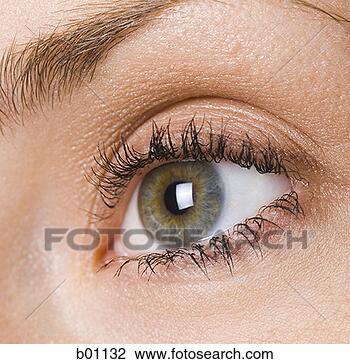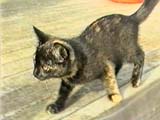
You begin by making sure that you have all of the shots that will be of use to you into a Log Bin. You have to make sure, you view each footage because there is always the possiblity that there is a part of a shot that would be useful in the future. When making the log bin go to File --> New ---> Bin --> rename it preliminary. This new bin allows you to copy and paste the shots that are wanted making it easier as they are all together. Once you have the particular shots you need, drag the shot you would like as your opening shot to the time line; the tiem line allows you to cut the shot so that you only have the parts of the shot needed for your particular scene. When viewing the footage, drag the mouse backwards to when you would like to start it and finish it; in my opnion this is the easiest way to cut the shot and allows you to undo any cutting that you regret. However, when overlapping shots, in order to inform the computer when to stop one shot and begin the other press I, then press O to indicate to stop the shots. By over lapping the different shots it gives a continuous and smooth effect but in order to make sure that it is smooth, you have to make sure that the place that the character is is when you are stopping at is in the same place, for example: if a character is moving and you choose to change from a wide shot to a medium close up then you stop it while the character is in the same position. In order to create a scene that made sense according to the storyboard, we started off with the close up of the hands shaking. When we started off, we found that it was quite hard to work out how to cut the shot so that the word "ACTION" was not heard in the background. Nevertheless, eventually, we figured it out and it became a lot easier. In order to make sure that the transition from one cut to another was smooth, we had to look closely at where to stop and where to begin with the close up of Elly's feet walking into the room. The different shots that we used, we wanted to create a tense situation and to indicate that "B" is the enemy and holds the higher status in the pair. When editing we gave more screen time to Libby in order to emphasise that she is the victim and so the audience is on her side. The clip viewer allows you to view the whole shot and the edited shot, so that you can compare them and see if it looks better or not.
In my opinion, the post production preliminary task started off relatively hard but once I got the hang of how the programme worked it was a lot easier to create a smoother continuous edit.














 the first thing most people notice when looking at this poster is the loving embrace of Leornado DiCaprio and Kate Winslet, indicating to the audience that it is a love story and as the eyes move down the poster the boat makes it clear that without knowing anything about Titanic, it is going to be a love story involving the historic story of the sinking ship.
the first thing most people notice when looking at this poster is the loving embrace of Leornado DiCaprio and Kate Winslet, indicating to the audience that it is a love story and as the eyes move down the poster the boat makes it clear that without knowing anything about Titanic, it is going to be a love story involving the historic story of the sinking ship.

